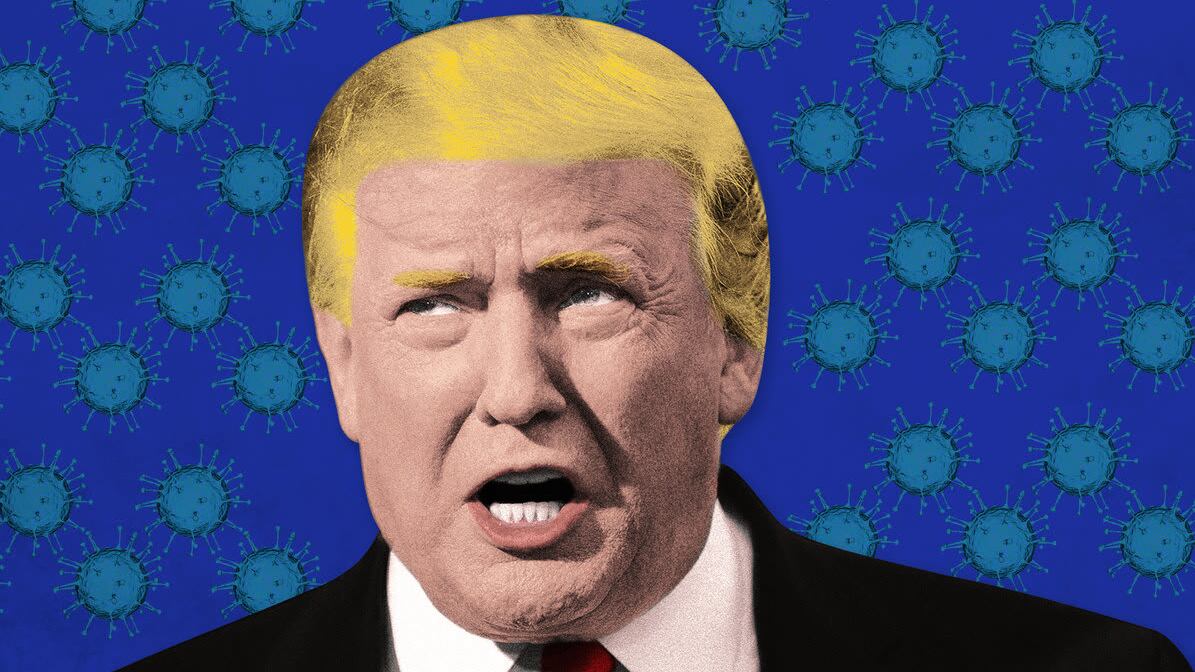Politics
Photo Illustration by The Daily Beast/Getty
Trump World on Reopening Schools During COVID: Astronauts Take Risks, Too
GET ON WITH IT
The president has grown impatient and his coronavirus task force has reconsidered its approach as a result.

Trending Now






